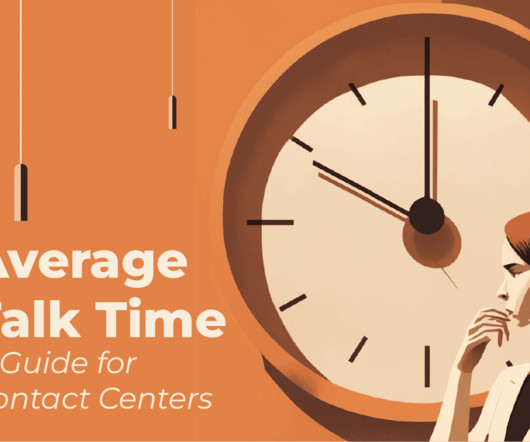Call Center optimization: Tools and best practices to increase performance
NobelBiz
FEBRUARY 27, 2024
When companies implement specific tools and best practices, they can significantly improve their customer experience (CX), increase agent performance, and ensure high-quality service. The ultimate objectives are crystal clear: Boost Customer Satisfaction : Happy customers are loyal customers.















Let's personalize your content